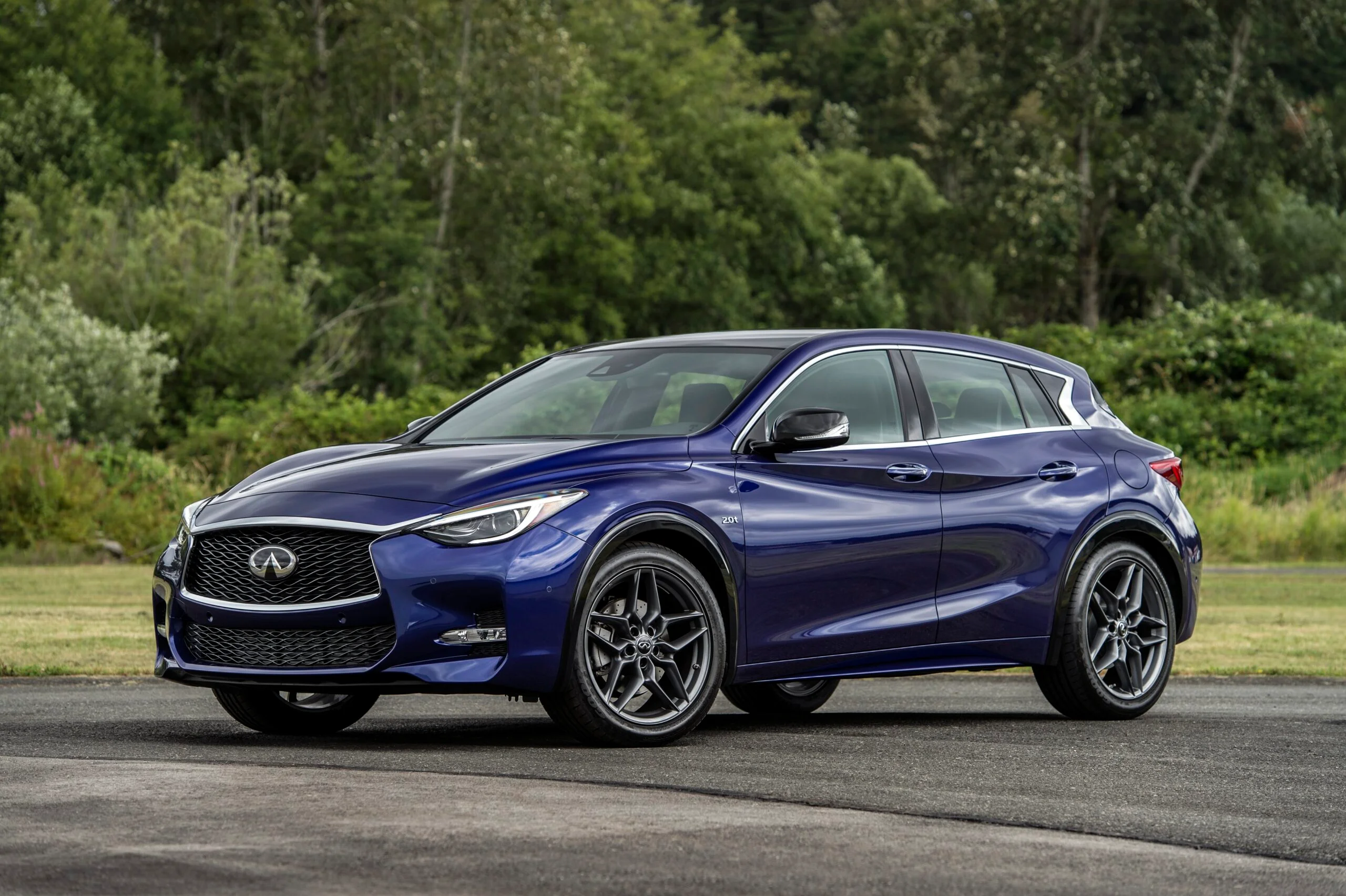In the ever-evolving landscape of the automotive industry, certain vehicles manage to capture and sustain the public’s imagination, maintaining a consistent buzz that spans years, decades, or even generations.
These models become more than just modes of transportation—they evolve into cultural icons, symbols of innovation, or embodiments of lifestyle and performance aspirations.
From the roaring muscle cars that defined a generation to the sleek electric vehicles reshaping our future, the cars that maintain market buzz do so through a combination of factors: compelling design, emotional engagement, technological advancement, and a keen sense of cultural relevance.
Their enduring appeal can often be traced back to how well they resonate with the needs, desires, and values of consumers, adapting as the market shifts while remaining true to a core identity.
Yet, for every iconic model that stands the test of time, some quickly fade into obscurity. These vehicles, despite sometimes promising engineering or ambitious marketing, fail to capture sustained interest and are often forgotten soon after their initial launch.
Whether due to misaligned design choices, poor brand positioning, inadequate performance, or simply being outpaced by competitors, these forgotten models serve as cautionary tales in automotive history.
They remind manufacturers that maintaining consumer attention is a complex challenge—one that requires more than just functionality or novelty. It demands a holistic approach that combines form, function, and a compelling story.
This article explores five models that have successfully maintained their market buzz over time and contrasts them with five that were largely forgotten fast. The analysis delves into what makes certain vehicles persist as legends in the minds of consumers, while others become mere footnotes.
By understanding the factors behind sustained popularity versus rapid decline, industry observers, manufacturers, and enthusiasts alike can gain insight into the dynamics of automotive success and failure.
Cars like the Toyota Supra and Ford Mustang illustrate how heritage, community engagement, and continuous innovation can foster a lasting relationship with buyers.
The Porsche 911 exemplifies the power of evolutionary design and racing pedigree, while the Tesla Model S highlights the importance of disruptive technology and visionary leadership in shaping modern consumer expectations. The Jeep Wrangler demonstrates the strength of brand identity and lifestyle association in building a loyal following that spans generations.
Conversely, vehicles such as the Pontiac Aztek and Chrysler Crossfire reveal how controversial design and mismatched performance can quickly alienate consumers.
The Suzuki Kizashi and Infiniti QX30 show the dangers of weak brand presence and unclear market positioning, while the Lincoln Blackwood underscores the challenges of attempting to blend incompatible vehicle concepts without sufficient clarity or consumer demand.
In today’s hyper-competitive market, where technological advances are rapid and consumer tastes continuously evolve, the ability to maintain market buzz is increasingly critical. Manufacturers that can harness heritage, innovation, cultural relevance, and emotional connection will continue to thrive.
Those that fail to align these elements risk becoming forgotten fast. This exploration seeks to highlight the lessons learned from both ends of the spectrum, offering a nuanced perspective on what it takes to create vehicles that captivate audiences, not just at launch but for years to come.
Also Read: 5 Cars With Cool Dash Designs and 5 That Feel 20 Years Old
Models That Maintain Market Buzz
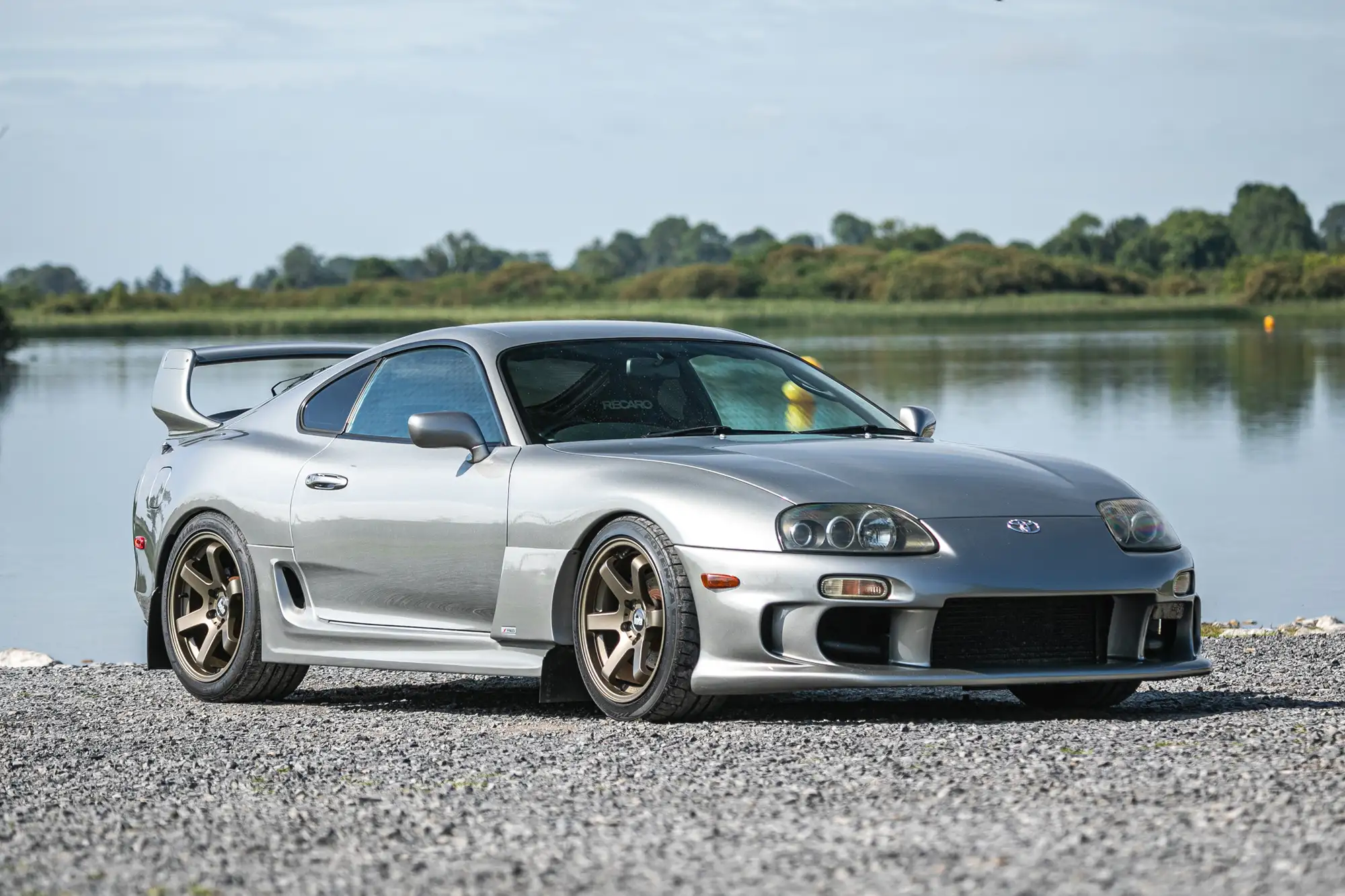
1. Toyota Supra
The Toyota Supra holds an almost mythical status among sports car enthusiasts worldwide. Originating in the late 1970s, the Supra evolved through multiple generations, each bringing its own unique appeal and technological innovations. However, it was the fourth generation (A80), produced from 1993 to 2002, that truly cemented the Supra’s legendary reputation.
Known for its robust 2JZ inline-six engine, the A80 Supra became synonymous with tunability and performance, appealing to both casual drivers and hardcore modders alike.
Its role in popular media, most notably the Fast and Furious franchise, added a cultural cachet that transcended the automotive world, turning the Supra into a symbol of speed, power, and customization. This aura has only grown stronger with time.
Toyota’s decision to revive the Supra in 2019 after a 17-year hiatus was met with both excitement and skepticism. The A90 Supra, developed in partnership with BMW, incorporated modern technologies such as turbocharged engines and lightweight construction.
Some purists initially balked at the collaboration, fearing that the car lost some of its distinct Toyota DNA due to shared components with the BMW Z4. Yet, Toyota worked hard to differentiate the Supra by tuning the suspension, refining the steering feel, and tweaking the engine for a character distinct from its BMW sibling.
This dedication to preserving the Supra’s essence while integrating cutting-edge tech helped reignite consumer and enthusiast interest, maintaining a vibrant market buzz.
Moreover, Toyota’s continuous engagement with the Supra community fuels its ongoing popularity. Limited editions, performance packages, and active participation in motorsport events provide layers of excitement for both new buyers and longtime fans.
Enthusiasts regularly share build stories, track times, and modifications online, creating a dynamic ecosystem around the car. This communal enthusiasm drives second-hand demand and keeps the Supra relevant long after the initial launch hype.
Culturally, the Supra embodies the intersection of Japanese engineering excellence and global sports car culture. Its legacy is built not only on raw horsepower or lap times but on its adaptability and presence in tuner culture worldwide.
Toyota’s ability to balance nostalgia with innovation allows the Supra to sustain a compelling narrative in an increasingly crowded sports car market, ensuring that it continues to generate buzz year after year.
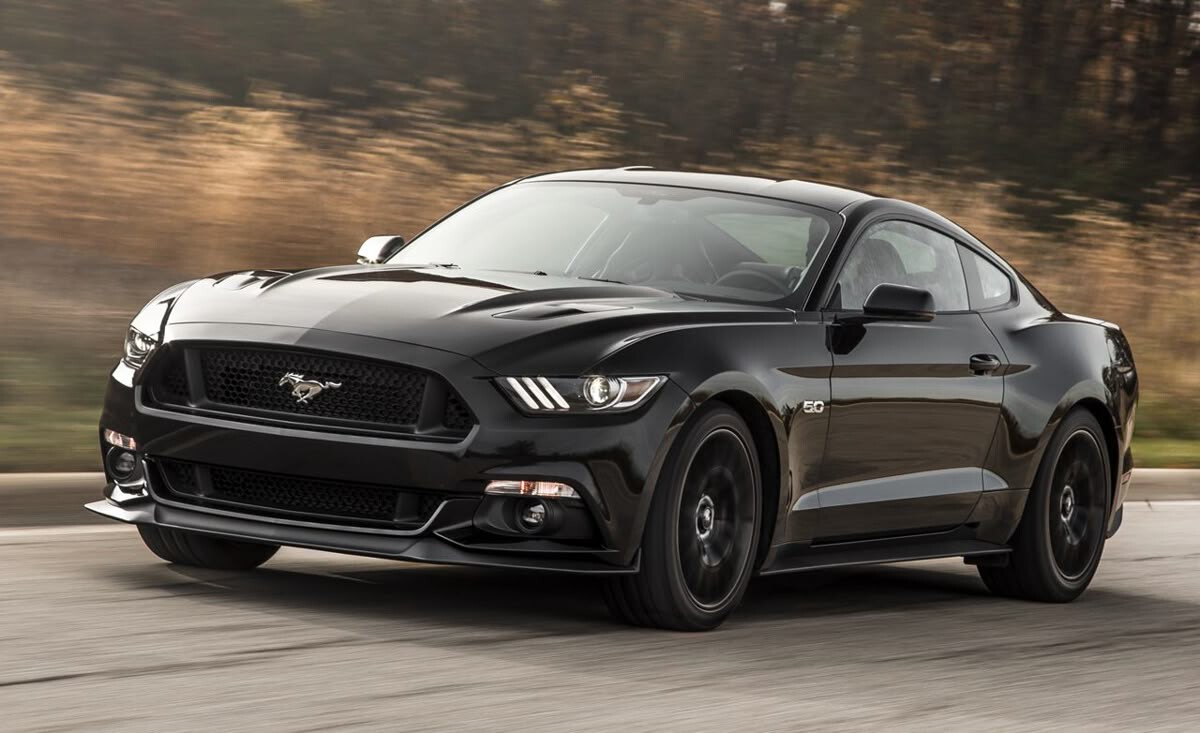
2. Ford Mustang
The Ford Mustang is arguably the quintessential American muscle car, representing more than just a vehicle—it symbolizes an era, a lifestyle, and an attitude.
Since its introduction in 1964, the Mustang has been a staple on roads, racetracks, and popular culture platforms alike. Its long heritage of performance, affordability, and distinctive styling has given it a broad and devoted following across multiple generations.
The Mustang was revolutionary in creating a new market segment, the “pony car,” characterized by sporty design and accessible pricing. This innovation sparked competition but also fostered a community that continues to celebrate the Mustang as a cultural icon.
What makes the Mustang truly remarkable is its capacity to evolve while maintaining its identity. Across seven generations, Ford has continually updated the car with improvements in technology, safety, and powertrains, adapting to changing regulations and consumer preferences without losing the Mustang’s distinctive character.
Whether it’s the introduction of independent rear suspension in the fifth generation or the rollout of the Shelby GT500 with supercharged V8 power in the latest models, the Mustang manages to strike a balance between tradition and modernity.
It appeals to a wide demographic, from first-time buyers to seasoned enthusiasts who appreciate its raw power and customization potential.
Beyond the engineering, Ford has cultivated a powerful Mustang community. Mustang clubs, track days, online forums, and social media groups form a robust ecosystem of fans who continuously keep the Mustang in the public eye.
Ford’s involvement in motorsports—including drag racing and road racing—helps to underline the Mustang’s performance credentials and provides ongoing content for enthusiasts. These efforts keep the Mustang relevant not just as a car but as an experience and identity, reinforcing the emotional connection that owners have with the brand.
The Mustang’s cultural footprint extends beyond automotive circles. It’s been immortalized in music, films, and art, serving as a symbol of freedom, rebellion, and American ingenuity. This deep-rooted symbolism gives the Mustang staying power that few cars can match.
Even in an era dominated by electric vehicles and shifting consumer tastes, the Mustang continues to thrive by evolving its technology, including hybrid and electric variants, thereby securing its place in the future of performance vehicles while maintaining its legendary past.
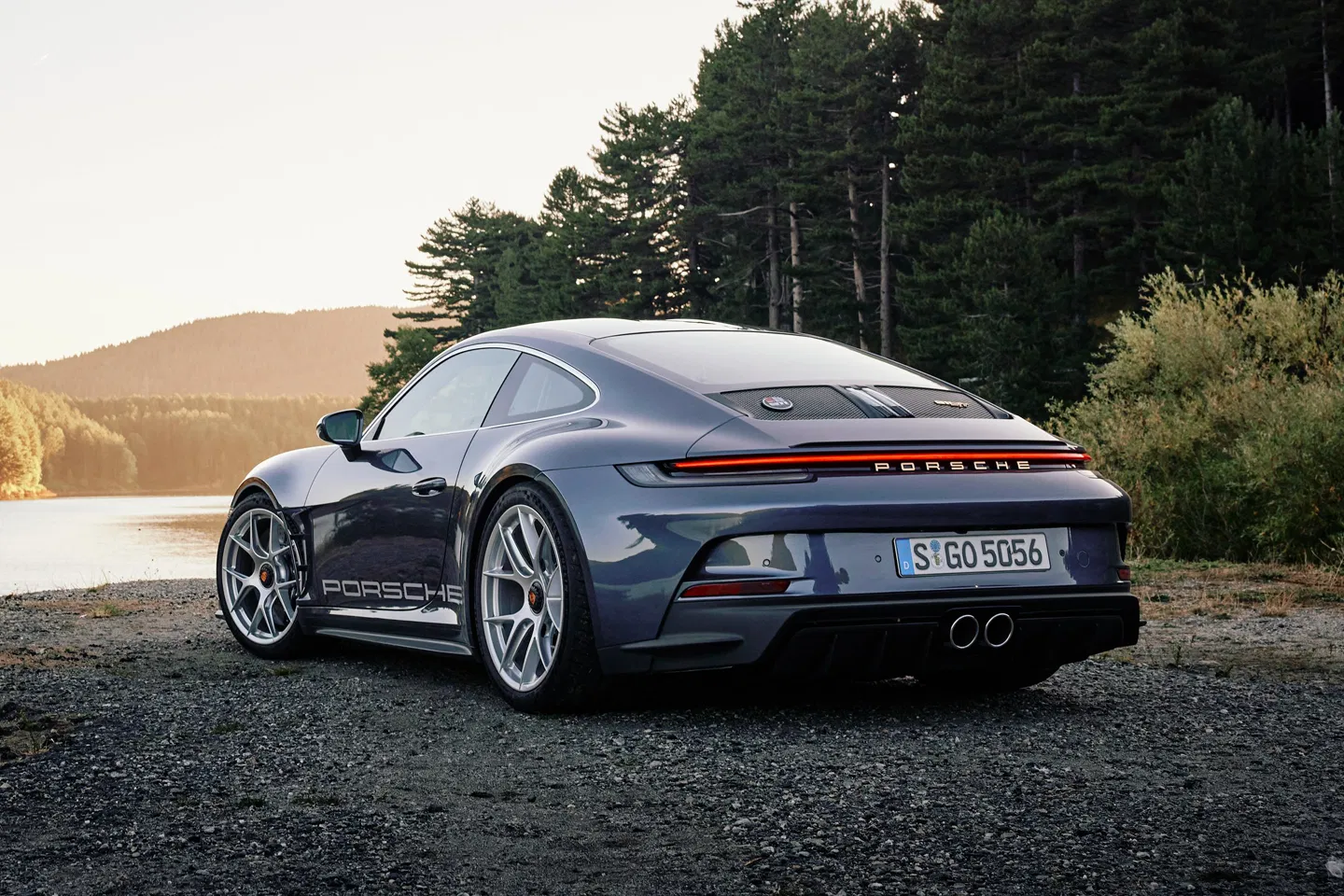
3. Porsche 911
Few cars in history have maintained as consistent and prestigious a reputation as the Porsche 911. Since its debut in 1964, the 911 has been a benchmark for what a sports car should be—combining timeless design, engineering precision, and exhilarating performance.
Its distinctive rear-engine layout, iconic silhouette, and evolutionary design language have created a model that is instantly recognizable and loved worldwide. The 911’s appeal lies not only in its raw speed but also in its usability and versatility, able to serve as a daily driver, a track car, or a weekend cruiser without compromise.
Porsche’s approach to the 911 is a masterclass in evolutionary refinement. Instead of radical redesigns, Porsche opts for incremental improvements that enhance performance, safety, and technology while preserving the car’s essence.
Whether it’s improvements in aerodynamics, advancements in engine technology, or state-of-the-art suspension systems, each generation enhances the 911’s core competencies.
This thoughtful approach reassures loyal customers that their prized sports car retains the soul of the original while embracing modern demands. This balance has been pivotal in maintaining the 911’s relevance and desirability over six decades.
The 911’s wide model range also contributes to its lasting buzz. Variants such as the Carrera, Targa, Turbo, GT3, and GT2 RS cater to diverse preferences, from luxurious touring to competitive track performance.
Porsche has ensured that there is a 911 for nearly every enthusiast, allowing the model to occupy multiple niches and maintain a broad audience. The attention to detail in materials, craftsmanship, and technology ensures that the 911 is not only a car but a premium experience, keeping both new and returning buyers engaged.
Additionally, the 911’s motorsport heritage significantly boosts its cachet. Success in endurance racing, hill climbs, and rallying reinforces the car’s sporting credentials and connects it to a rich legacy of competition.
This racing pedigree, combined with a strong enthusiast community and active aftermarket support, sustains conversation and interest around the 911. The car’s ability to adapt to new challenges, such as hybridization and electrification, while preserving its character positions it well for continued market buzz.
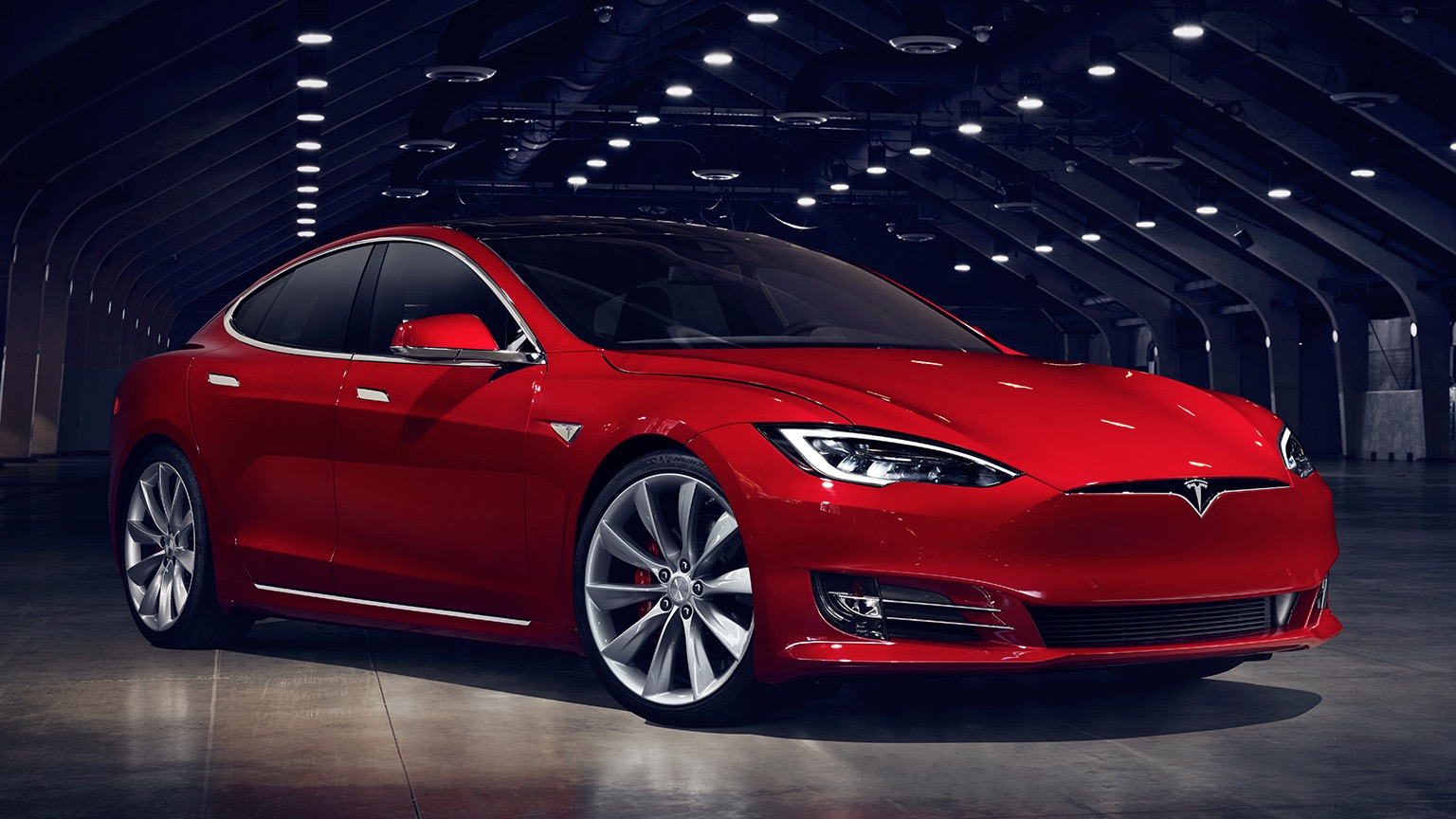
4. Tesla Model S
When Tesla introduced the Model S in 2012, it fundamentally altered the perception of electric vehicles. Previously, electric cars were often dismissed as slow, impractical, or uninspiring. The Model S shattered these stereotypes by combining high performance, luxury, and long-range capability, effectively elevating the EV segment to mainstream appeal.
Tesla’s innovative approach to powertrain design, battery technology, and in-car software set new standards in the industry, making the Model S a game-changer that continues to capture attention nearly a decade later.
A major factor in the Model S’s sustained buzz is Tesla’s commitment to constant improvement through software updates. Unlike traditional cars, which require dealership visits for upgrades, the Model S receives over-the-air updates that can enhance acceleration, add new features, and improve range or safety systems.
This ability to evolve post-sale keeps the car fresh in the minds of owners and observers alike, fostering a sense of excitement and community as new capabilities roll out.
Tesla’s focus on high performance also underpins the Model S’s allure. With variants like the Plaid edition boasting blistering acceleration that rivals supercars, the Model S dispels the myth that electric cars are dull.
This blend of speed, technology, and luxury attracts a wide range of buyers—from tech enthusiasts to performance seekers—and drives ongoing media coverage. Tesla’s charismatic CEO, Elon Musk, often makes headlines, further keeping the Model S in public discourse, whether through innovations, controversies, or ambitious company announcements.
Moreover, the Model S represents a broader shift in automotive technology and consumer values. As governments worldwide push for electrification and environmental sustainability, the Model S serves as both a symbol and a practical example of how electric cars can compete with and surpass combustion engines.
This positioning amplifies its cultural relevance and market presence beyond traditional automotive circles, sustaining buzz in technology, environmental, and lifestyle sectors. Tesla’s visionary status and the Model S’s pioneering role ensure it remains a focal point for the future of mobility.
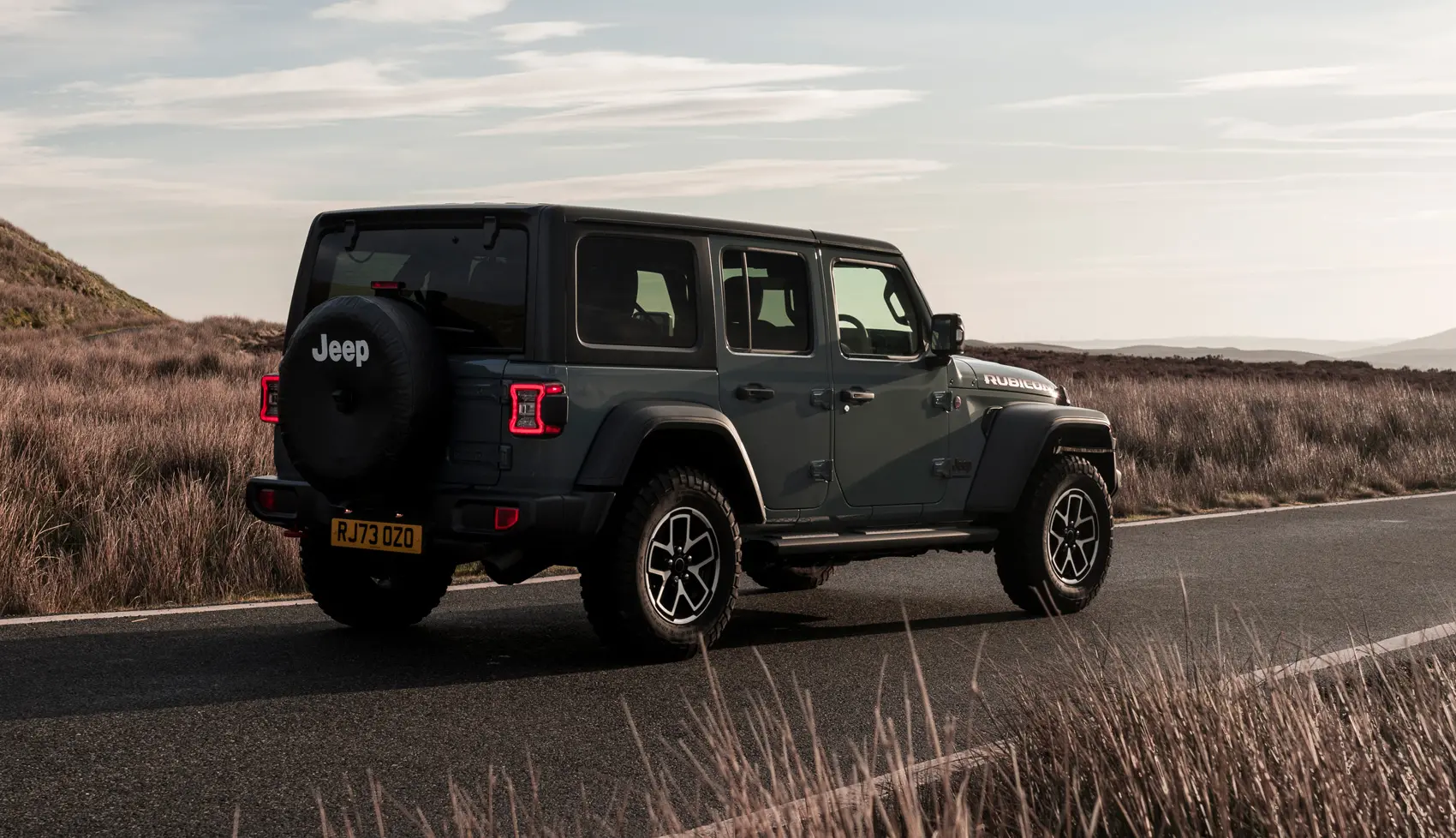
5. Jeep Wrangler
The Jeep Wrangler is not just a vehicle—it’s an icon of adventure, ruggedness, and off-road freedom. Rooted in its military heritage dating back to World War II, the Wrangler’s design ethos has remained remarkably consistent, embodying simplicity, durability, and capability.
Unlike many SUVs that have shifted toward urban sophistication, the Wrangler maintains its authentic, no-nonsense appeal to outdoor enthusiasts, explorers, and those who want a vehicle that can tackle almost any terrain.
What helps the Wrangler maintain buzz over decades is its unmistakable design language. The seven-slot grille, round headlights, removable doors, and fold-down windshield give it a personality that’s instantly recognizable.
Jeep has carefully evolved the Wrangler, improving ride quality, safety, and technology while preserving its essential character. This continuity creates a strong emotional attachment among owners and fans who appreciate the vehicle’s heritage and rugged spirit.
The Wrangler’s off-road prowess is legendary. Equipped with features like solid axles, high ground clearance, and advanced 4×4 systems, the Wrangler is designed for challenging environments that few SUVs dare to conquer.
Jeep’s development of special trims like the Rubicon and Mojave, which emphasize trail capability, keeps the vehicle exciting for hardcore off-roaders. Additionally, Jeep’s extensive aftermarket ecosystem offers owners countless customization options—from lift kits to winches—that foster community engagement and individual expression.
Branding also plays a critical role. Jeep markets the Wrangler not just as a vehicle but as a lifestyle choice, associated with adventure, freedom, and exploration.
Events like Jeep Jamborees, outdoor festivals, and social media campaigns amplify this identity and build a loyal, enthusiastic community. This cultural resonance, combined with steady sales performance and a reputation for toughness, ensures that the Wrangler remains relevant and buzz-worthy amid shifting automotive trends.You
Models That Are Forgotten Fast
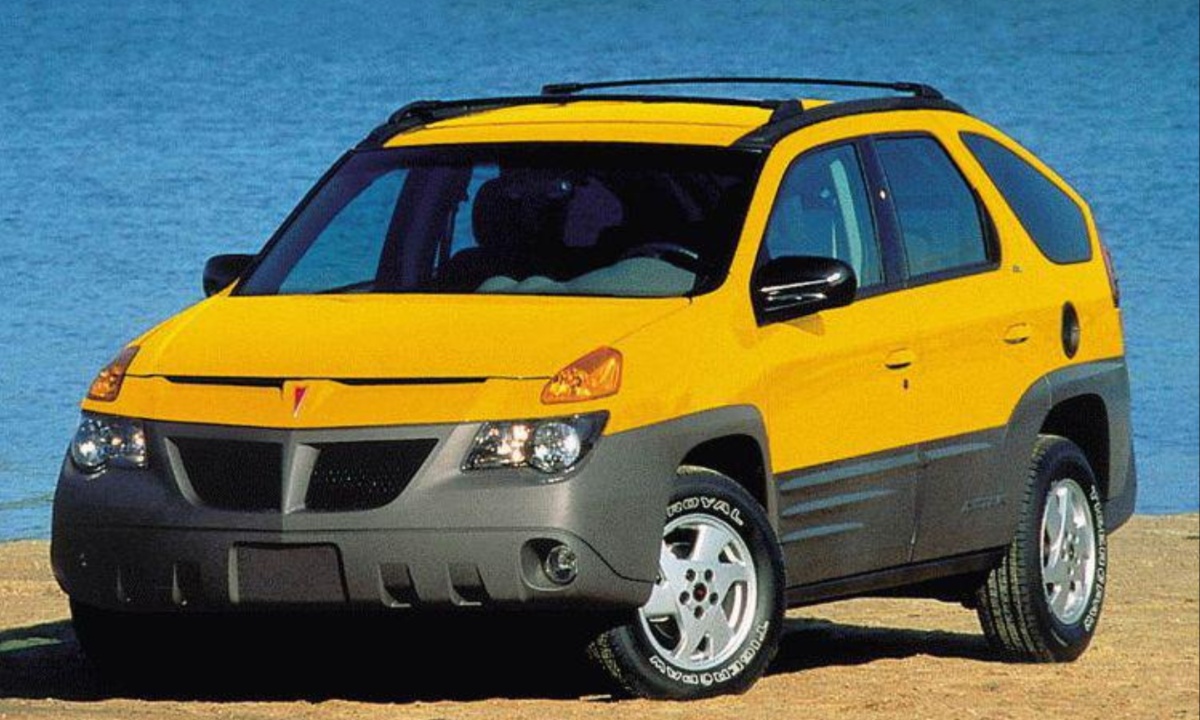
1. Pontiac Aztek
The Pontiac Aztek is widely regarded as one of the most significant design missteps in automotive history, a vehicle that immediately sparked confusion and criticism upon its launch in 2001.
Pontiac intended the Aztek to be a versatile, family-friendly crossover with adventurous styling that would appeal to younger, active consumers. Unfortunately, the execution fell far short of those aspirations.
Its radical design, featuring a sharp, angular body, split front grille, and bulky plastic cladding, polarized public opinion and alienated potential buyers. The awkward proportions and aggressive styling were so off-putting that the Aztek quickly became the butt of countless jokes and negative reviews, overshadowing any functional strengths it may have had.
Despite its polarizing looks, the Aztek had some genuinely innovative features aimed at outdoor enthusiasts. It offered a surprisingly spacious interior with modular seating, a rear cargo area designed to accommodate bicycles and camping gear, and even an optional tent accessory that could attach to the back of the vehicle.
These thoughtful touches showed that Pontiac had tried to innovate with practicality in mind. However, these positives were drowned out by the car’s aesthetic flaws and the negative perception it garnered in popular media and among the public. The Aztek failed to convince consumers it could be both practical and stylish, a key combination for crossover buyers.
Marketing efforts for the Aztek were also problematic. Pontiac struggled to clearly define its target audience and communicate the vehicle’s strengths. The brand’s overall image was already weakening at the time, and the Aztecs’ failure only exacerbated the problem.
Instead of being seen as a trailblazer in the emerging crossover segment, the Aztek became a symbol of poor design decisions and corporate misjudgment. Its poor sales numbers reflected this disconnect; production ceased in 2005 after selling fewer than 150,000 units in the U.S., a relatively low figure for a mainstream crossover.
The Aztek’s legacy serves as a cautionary tale about the risks of radical design without sufficient consumer buy-in or brand alignment. It highlights how vital aesthetics, market positioning, and cohesive messaging are in determining a vehicle’s success.
Today, the Aztek remains largely forgotten except by car enthusiasts who study automotive failures or by fans of the TV show Breaking Bad, where it famously played a central role. But even then, its reputation is less for automotive excellence and more for being one of the most reviled designs of its era.
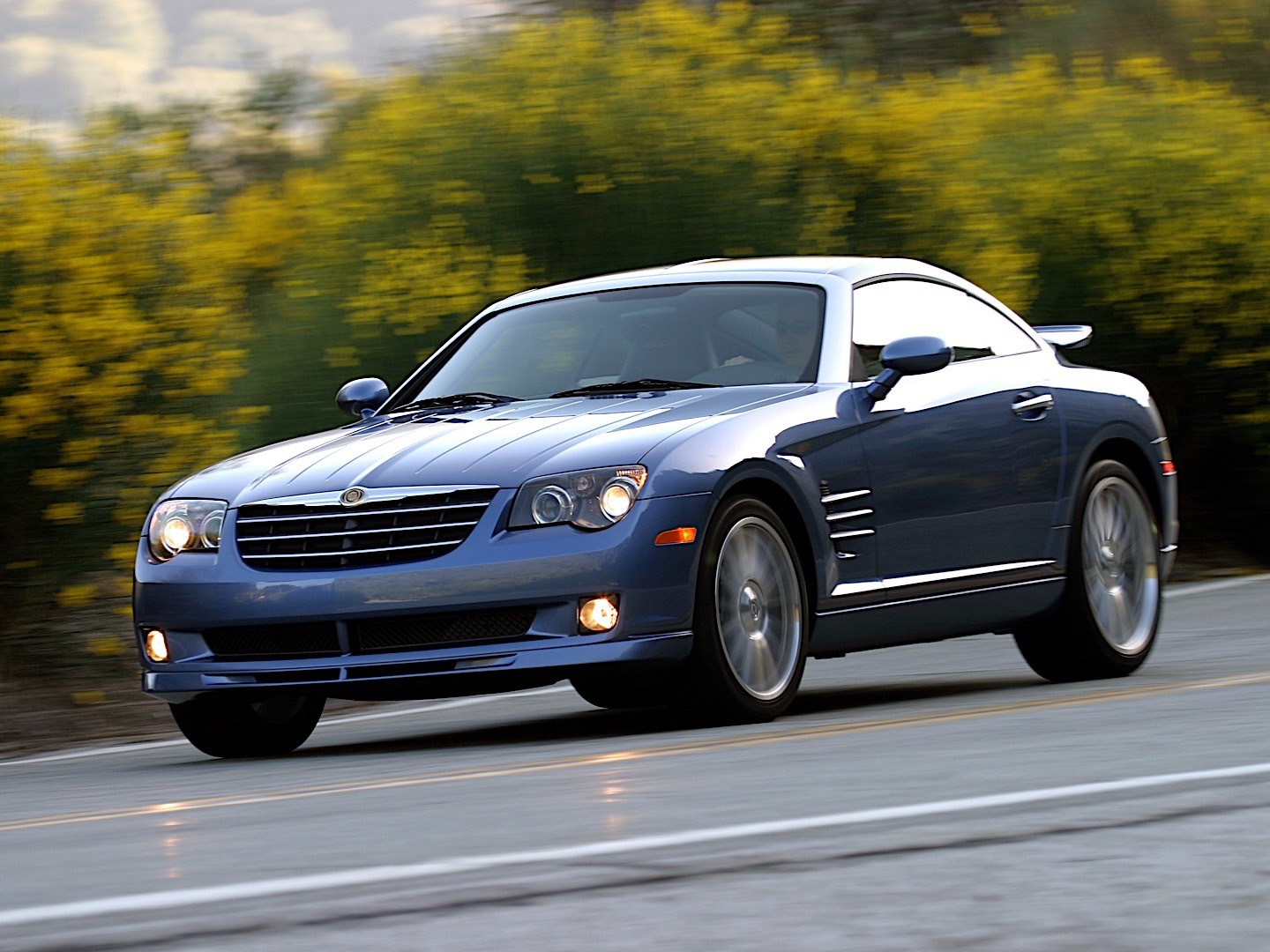
2. Chrysler Crossfire
The Chrysler Crossfire emerged in the early 2000s as a bold attempt to create a sporty, affordable coupe with European roots. Developed during the Daimler-Chrysler merger, the Crossfire shared many components with the Mercedes-Benz SLK320, including its chassis and powertrain.
At launch in 2004, the Crossfire presented itself as an intriguing blend of American styling and German engineering, with sweeping lines and a distinctive fastback roofline that sought to attract younger buyers.
However, despite its striking appearance, the Crossfire failed to carve out a meaningful niche in the competitive sports car segment and faded from public consciousness quickly.
One of Crossfire’s fundamental problems was a mismatch between design promise and performance delivery. While the car looked aggressive and sleek, its 3.2-liter V6 engine produced modest power by sports car standards, around 215 horsepower, which was insufficient to compete with rivals like the Mazda RX-8 or the BMW Z4.
The handling, though competent, didn’t inspire enthusiasm, and the ride quality felt somewhat disconnected. Additionally, the interior was cramped, and the ergonomics lacked refinement, detracting from the driving experience.
These shortcomings made it difficult for the Crossfire to appeal to driving enthusiasts or luxury buyers who expected more from the badge.
Chrysler’s brand identity issues further hurt the Crossfire. At the time, Chrysler was struggling to define its place in the market, and the Crossfire felt like an experiment that lacked a clear audience. It was too upscale for mainstream buyers but not prestigious enough to challenge established luxury brands.
The marketing campaigns were muted and failed to generate excitement or a strong community around the model. Moreover, limited dealership networks and poor dealer knowledge about the car inhibited its ability to gain traction.
Sales reflected these challenges, with fewer than 60,000 units sold worldwide before production ended in 2008. Today, the Crossfire is rarely mentioned among sports car enthusiasts and is largely overlooked in discussions about early-2000s coupes.
It remains a footnote in automotive history, remembered mainly as a failed collaboration that showed promise but lacked execution and clear positioning.
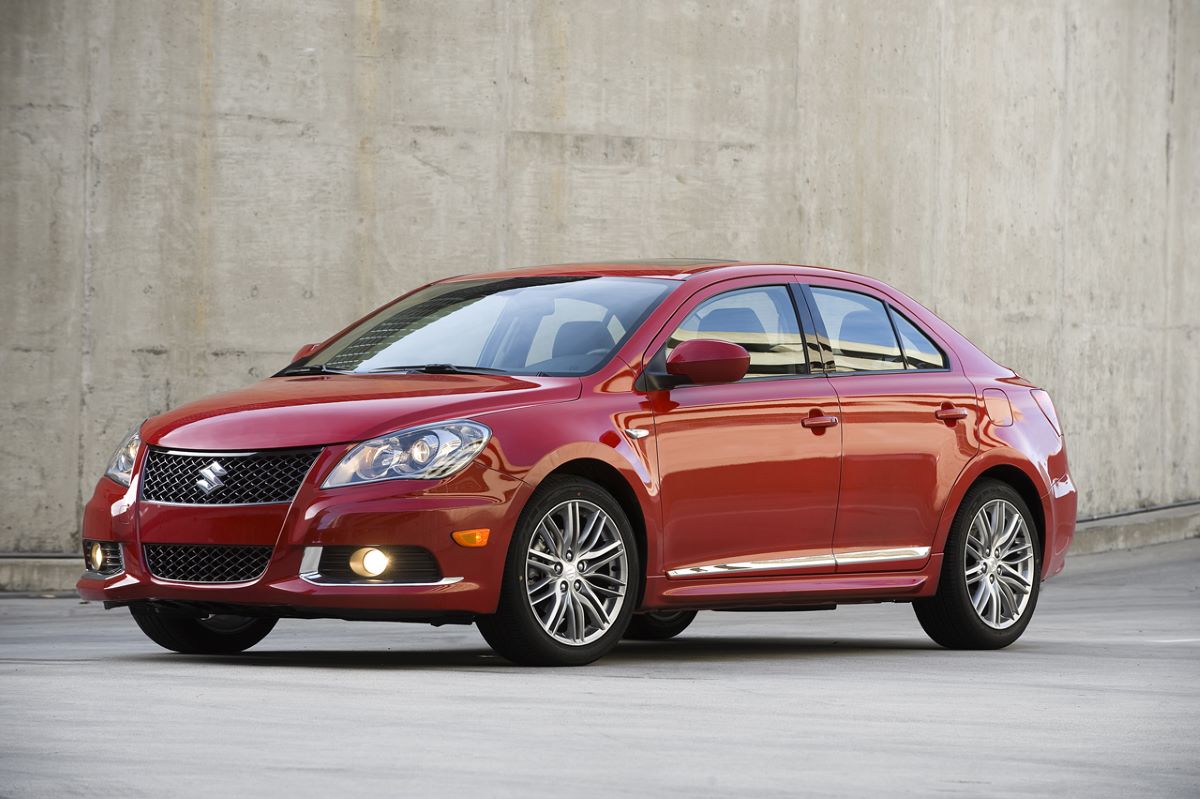
3. Suzuki Kizashi
Suzuki’s attempt to enter the midsize sedan market with the Kizashi in 2010 was an ambitious move to challenge established players like the Toyota Camry and Honda Accord.
The Kizashi was designed to offer sporty handling, stylish design, and solid build quality, along with advanced safety features and all-wheel-drive availability, which was unusual in the segment.
Early reviews praised the car’s sharp handling and upscale interior materials, suggesting Suzuki had developed a competitor worthy of attention. Unfortunately, these strengths were overshadowed by deeper structural issues that doomed the model from the start.
One major problem was Suzuki’s lack of a strong automotive brand presence in the U.S. By the time the Kizashi arrived, Suzuki’s dealer network had shrunk considerably, and the company was better known for motorcycles and small SUVs than for sedans.
Consumers were hesitant to invest in a midsize sedan from a brand with limited support infrastructure and uncertain long-term commitment to the car market. This lack of brand trust was a huge barrier for buyers who rely on dealer support and resale value considerations when purchasing a vehicle.
Additionally, the Kizashi faced stiff competition in a saturated segment filled with reliable, well-known options offering strong warranties and proven resale values.
Despite being competitively priced, the Kizashi lacked standout features or a compelling marketing narrative to differentiate itself. Its styling was considered competent but not particularly exciting, and the interior, while quality-focused, didn’t inspire enthusiasm. As a result, buyers tended to stick with more familiar choices.
Sales numbers reflected these challenges: the Kizashi never gained significant market share and was discontinued in 2014, coinciding with Suzuki’s withdrawal from the U.S. automotive market altogether.
Today, the Kizashi is largely forgotten, a model that showed promise on paper but failed to translate into meaningful consumer interest due to brand weakness and market timing. It remains a cautionary example of how even a decent product can flounder without strong brand support and clear differentiation.
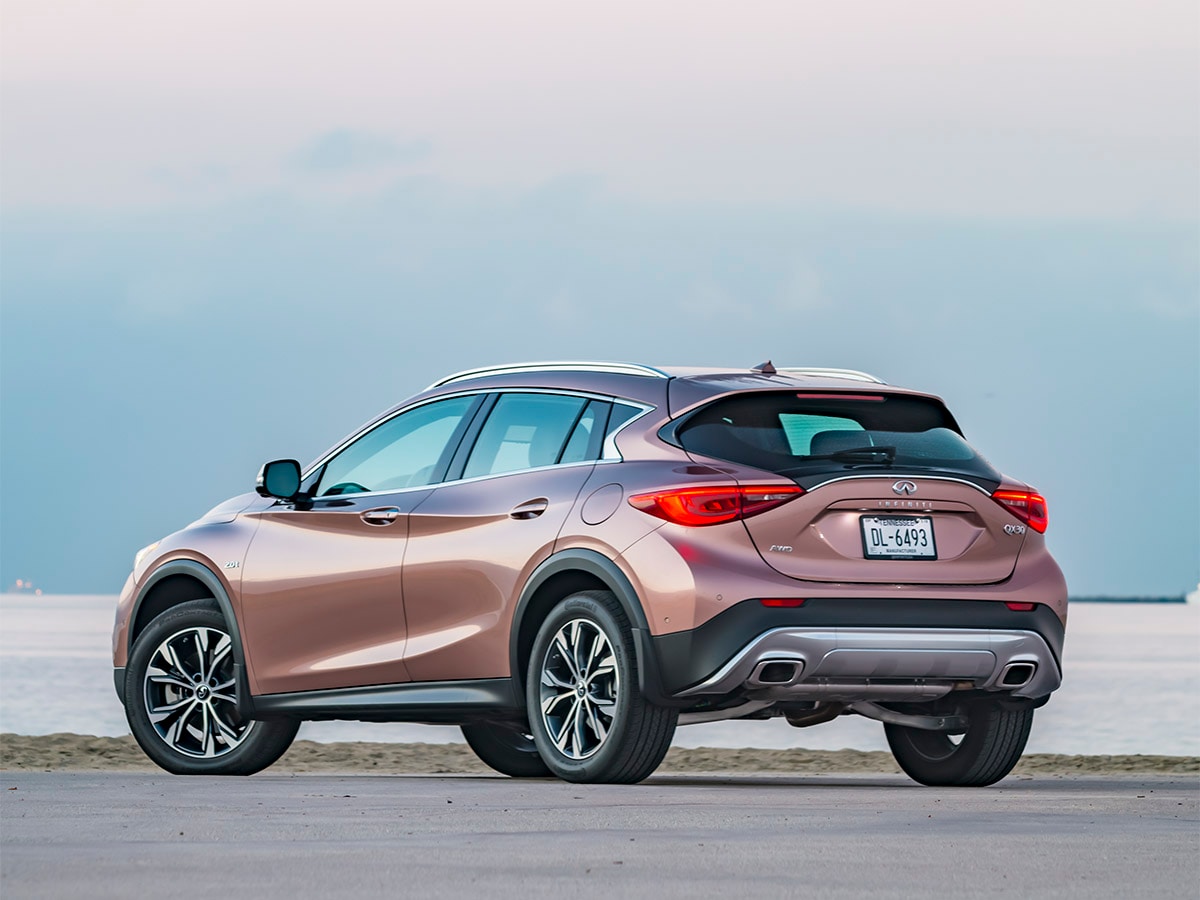
4. Infiniti QX30
Infiniti introduced the QX30 in 2016 as a compact luxury crossover intended to compete against the likes of the Audi Q3, BMW X1, and Mercedes GLA-Class. Built on a shared platform with the Mercedes-Benz GLA, the QX30 featured striking styling, premium materials, and a tech-forward interior.
At launch, it generated some initial excitement due to its attractive design and brand cachet as Nissan’s luxury division’s entry into a growing segment. However, this buzz was short-lived as the QX30 struggled to find a foothold amid fierce competition and internal brand challenges.
A significant issue with the QX30 was its unclear positioning. Although marketed as a crossover, it retained the low stance and limited rear seat space typical of a hatchback, which contradicted consumer expectations for roomy, versatile SUVs.
This disconnect made it less practical and less appealing to buyers looking for the utility that compact SUVs generally provide. Additionally, the QX30 lacked all-wheel drive options on many trims, further reducing its appeal in a segment where off-road capability and traction control are highly valued.
Infiniti’s brand itself was undergoing identity challenges during this period. The luxury division struggled to distinguish itself clearly from parent company Nissan and competing luxury brands like Lexus or Acura, which had stronger reputations for reliability and value.
The QX30 failed to serve as a halo model or a clear statement of Infiniti’s design and performance direction. The marketing campaigns were muted, and dealer enthusiasm was low, limiting the model’s reach and visibility.
Sales reflected these problems, with the QX30 being discontinued in the U.S. market by 2019 after a relatively short lifecycle. It failed to make a lasting impact and is rarely cited in discussions about successful compact luxury SUVs.
The model serves as an example of how a lack of clear brand strategy and consumer-centric design can doom even a well-engineered vehicle. The QX30 is now mostly forgotten outside of niche circles and remains a cautionary chapter in Infiniti’s recent history.
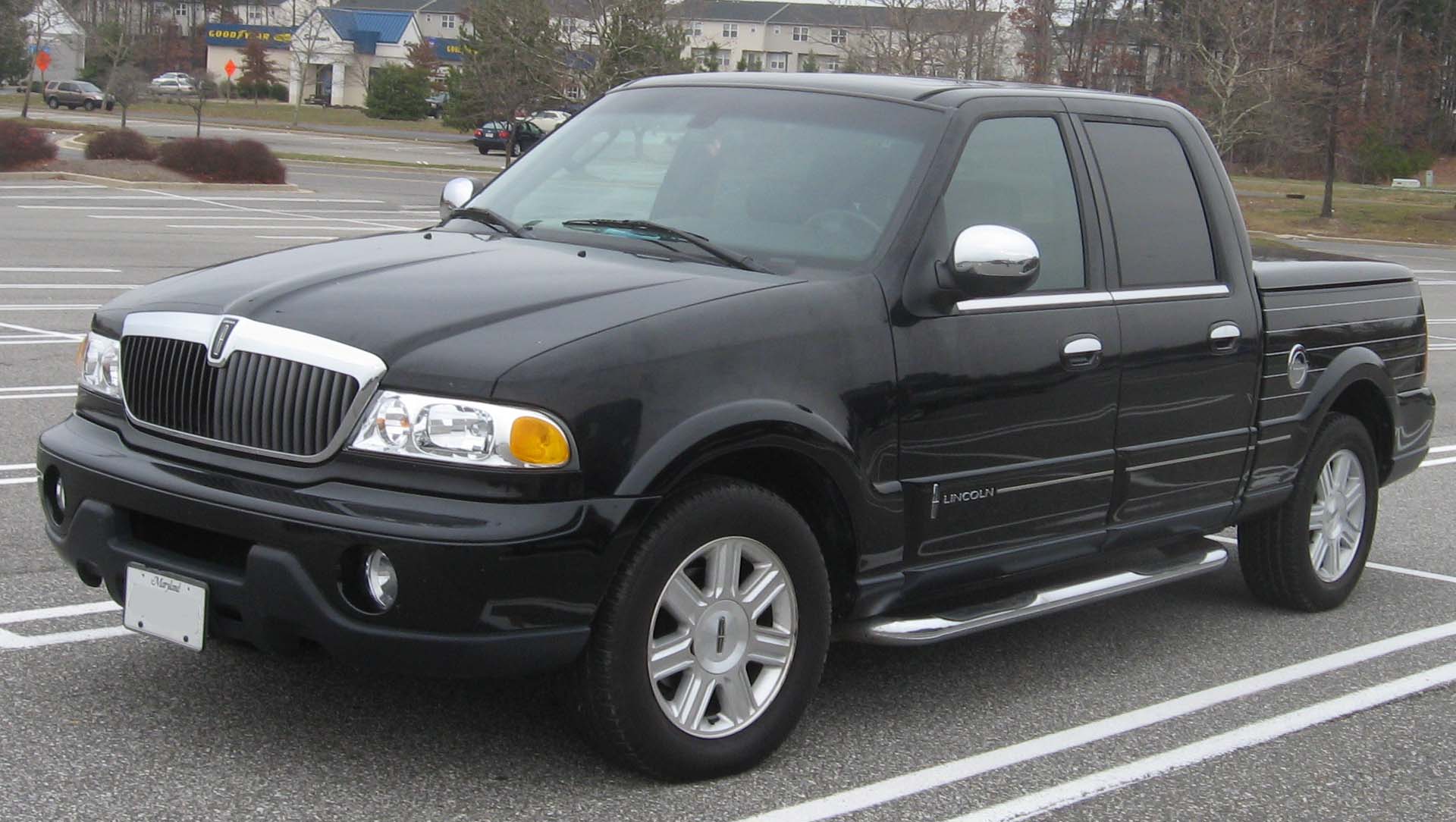
5. Lincoln Blackwood
The Lincoln Blackwood represents one of the most audacious and ill-fated attempts by a luxury brand to enter the pickup truck market. Introduced in 2002, the Blackwood was essentially a Lincoln Navigator luxury SUV with a pickup bed grafted onto its rear.
Lincoln aimed to create a niche vehicle combining the utility of a truck with the refinement of a luxury vehicle—a concept that was innovative but ultimately confused consumers. The Blackwood’s short lifespan and poor sales numbers illustrate the pitfalls of trying to fit a square peg in a round hole.
Stylistically, the Blackwood was polarizing. Its pickup bed was lined with carpet and covered by a vinyl tonneau, which severely limited its practical cargo-carrying ability. Traditional truck buyers, who valued ruggedness and utility, found the Blackwood too delicate and impractical.
Meanwhile, luxury buyers were put off by its unconventional looks and the fact that it was essentially a repurposed SUV rather than a true truck. This dual identity crisis meant it failed to satisfy either market segment fully.
Performance-wise, the Blackwood offered a V8 engine similar to the Navigator’s, providing adequate power but failing to deliver the rugged toughness expected of a pickup.
Its rear-wheel-drive-only setup also limited its off-road and towing capabilities, areas where pickup truck buyers often place high importance. Additionally, the vehicle’s high price tag relative to its utility made it a difficult sell, especially during an era when more traditional trucks were gaining popularity.
Sales figures were dismal—fewer than 4,000 units were sold before Lincoln discontinued the model after just one model year in 2003. The Blackwood quickly faded from dealerships and public memory, serving as a reminder that luxury and utility must align authentically for a vehicle to succeed.
Lincoln’s subsequent attempt with the Mark LT truck adopted a more conventional approach but still struggled to make significant market headway. The Blackwood remains a curious oddity, often cited as one of the quickest failures in luxury automotive history.
Also Read: 5 Cars With Android Auto That Works and 5 That Disconnect Constantly
The dichotomy between vehicles that maintain market buzz and those quickly forgotten reveals fundamental truths about the nature of success in the automotive industry.
Models that endure do so because they create meaningful connections with consumers beyond mere transportation—they become symbols, experiences, and aspirational objects that evolve with cultural and technological shifts.
This staying power is rarely accidental; it is the result of deliberate strategy, whether through design excellence, innovation, brand cultivation, or an emotional narrative that resonates deeply with buyers.
Take the Toyota Supra, Ford Mustang, or Porsche 911—each represents a legacy built over decades, continuously refined but never losing sight of what made them special.
These vehicles are not only admired for their performance or style but also cherished for the communities and cultures that have formed around them. Their stories are rich tapestries woven from heritage, innovation, and human passion.
Even the Tesla Model S, a relatively recent entrant, exemplifies how visionary technology and bold leadership can create a sustained market presence by transforming perceptions and expectations. Meanwhile, the Jeep Wrangler’s rugged authenticity and lifestyle branding show that a vehicle’s identity can be as important as its specifications.
Conversely, the rapid fading of models like the Pontiac Aztek or Lincoln Blackwood teaches vital lessons. They demonstrate that innovation without cohesion—whether in design, utility, or market positioning—can alienate consumers and doom a product. The Chrysler Crossfire and Infiniti QX30 highlight how even well-engineered cars can falter without a clear identity or brand strength.
The Suzuki Kizashi underscores the difficulties of entering a saturated segment without a strong foundation. These models remind automakers that success requires more than technical capability or novelty; it demands a comprehensive approach that aligns product attributes with consumer desires, brand promise, and cultural context.
The automotive market today is more dynamic and competitive than ever. Rapid advancements in electrification, autonomous driving, and connectivity technologies challenge manufacturers to innovate while preserving their core identity. Consumer expectations are evolving alongside societal shifts toward sustainability and digital integration.
In this environment, maintaining market buzz means being agile, authentic, and engaged. Manufacturers must not only launch compelling products but also nurture vibrant communities, continuously update and improve offerings, and tell stories that resonate across demographics.
Ultimately, the models that succeed long-term reflect a synergy between engineering excellence, cultural resonance, and emotional engagement. They become more than just cars; they are part of personal and collective identities.
Those that fail to capture this synergy risk becoming relics, forgotten in the archives of automotive history. By studying both the triumphs and the missteps, automakers can better understand how to navigate the complexities of consumer behavior and market trends.
In conclusion, the ongoing vitality of a vehicle model is a testament to the intricate dance between innovation, tradition, and cultural relevance. The cars that keep us talking are those that inspire passion, adapt intelligently, and maintain a strong narrative that buyers can connect with.
As the industry accelerates toward a future shaped by new technologies and shifting values, the lessons from these enduring and forgotten models will remain invaluable guides for success.

